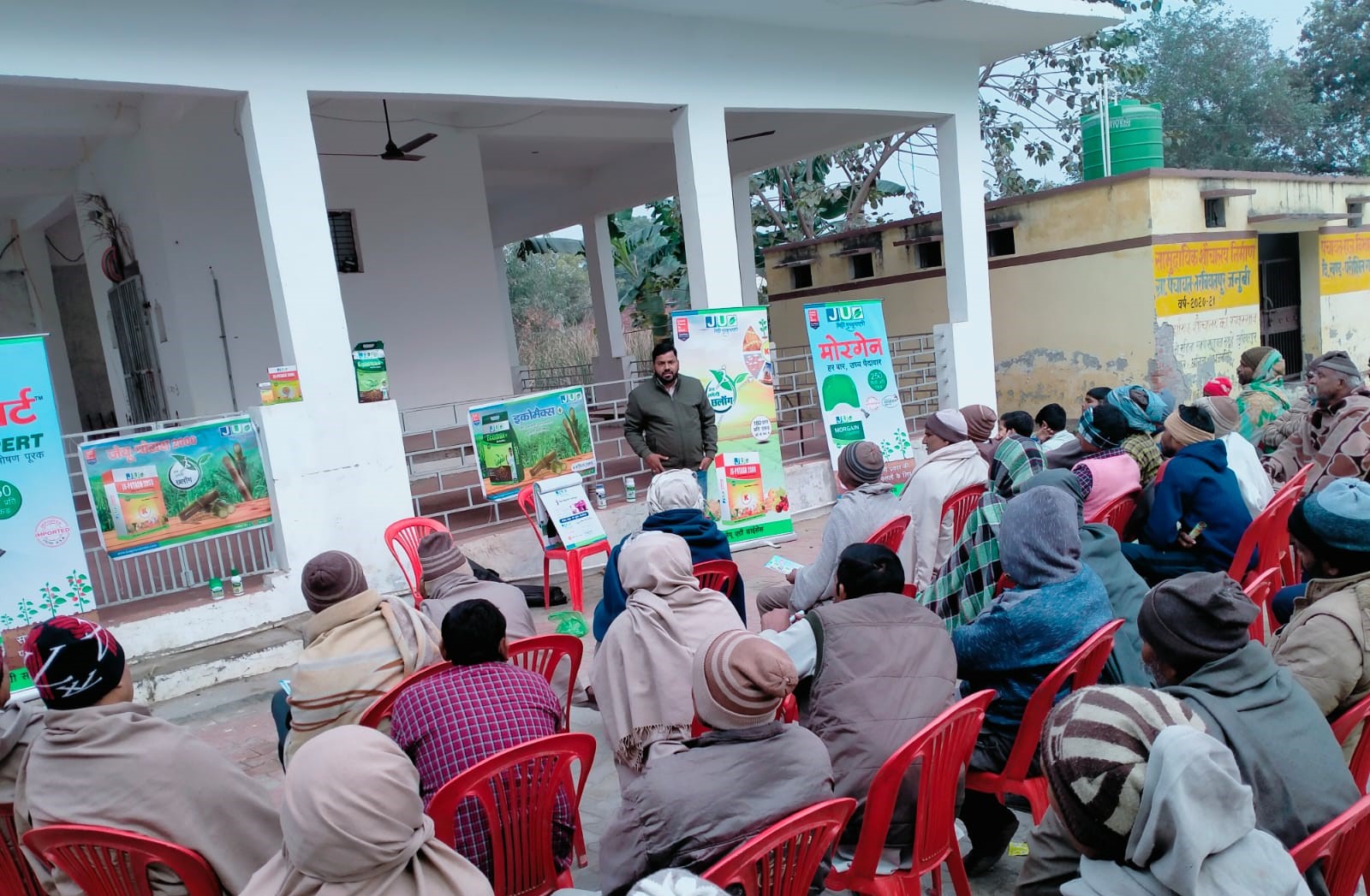The Importance of Soil Health | Soil Sustainability
17/10/2023
Soil is derived from the “Latin” word solum, which means floor. It is dynamic natural body composed of five components that support life: Organic Matter, Minerals, gases, liquids, and living organisms in which plants grow.There are eight types of soil, but four major types are found in India: Alluvial (Largest soil group), black, red, and laterite soil. Soil health is important because healthy soil sustains life and society, resists erosion, provides physical support, recycles and stores matter and filters water. A healthy landscape is more resistant to the effects of drought, flood, or fire.
Is fertile soil productive too?
Soil fertility is the soil’s inherent ability to supply plant nutrients in an adequate amount and proportion for plant growth, whereas soil productivity is the soil’s ability to produce in a unit area, expressed in kg/ha or Rs/ha.
“A fertile soil may or may not be productive, but a productive soil is always fertile."
| SOIL FERTILITY | SOIL PRODUCTIVITY |
| It is the soil’s ability to provide all essential plant
nutrients in available forms in an appropriate
balance. | Capability of soil to produce a specified crop yield
under a well-defined and specified system of input
and environmental management. |
| It is an index of available nutrients to plants | It is used to indicate crop yields |
| It is influenced by physical, chemical and biological
factors of the soil. | It depends upon soil fertility and location |
| Soil fertility is only one of the factor of soil
productivity. | Soil productivity includes several factors other than
fertility. |
Soil Structure
Soil structure is a crucial aspect of soil composition, primarily determined by how sand, slit, and clay particles come together to form aggregates. In surface soil layers enriched with organic matter, granular structure is prevalent, offering ample pore space for air and water movement. However, soils with excessive sodium content often exhibit columnar structure as sodium disrupts soil structure and hampers vital air and water penetration. In compacted soils, platey structure is common, characterized by minimal pore space. Yet, some soils lack discernible structure entirely, such as single-grain soils, where grains like loose sand exhibit minimal attraction, and massive soils, forming cohesive clay masses. These diverse soil structures play a pivotal role in determining a soil’s ability to support plant growth and environmental functions.
How to improve soil health?
To enhance crop productivity and soil health, a comprehensive approach is employed. This includes the use of multilevel absorption nutrients for efficient and long-lasting crop nourishment. Organic matter from Ascophyllum nodosum seaweed and nutrient rich bio-stimulants are integrated into the soil. Organic Potassic fertilizer, derived from rhodophytes, enriching the soil, while organic bio enhancers containing humic acid and natural plant extracts further enhance soil quality. Organic manure fortified with NPK is employed, alongside humic acidbased bio-stimulants to promote root formation and vegetative growth. Wetting and spreading agents improve agrochemical distribution.
Crop rotation aids in soil nutrition restoration, and green manuring and leaf
manuring manures are employed to bolster soil health. This holistic approach
ensures optimal nutrient absorption, sustained crop benefits, and improved soil
vitality.
Categories
Related Blogs
The Role of Pesticides in Modern Agriculture
30/01/2024

















